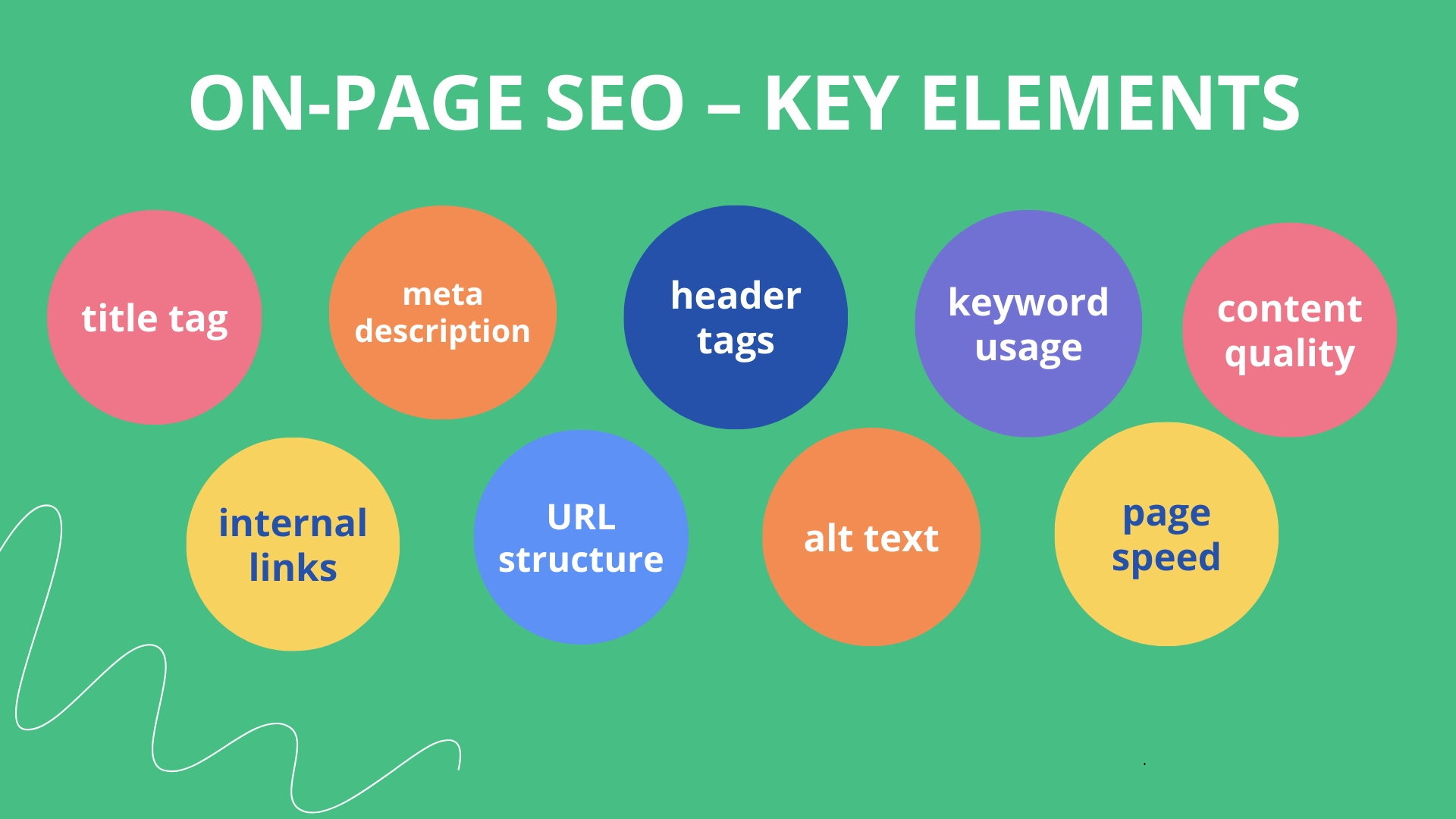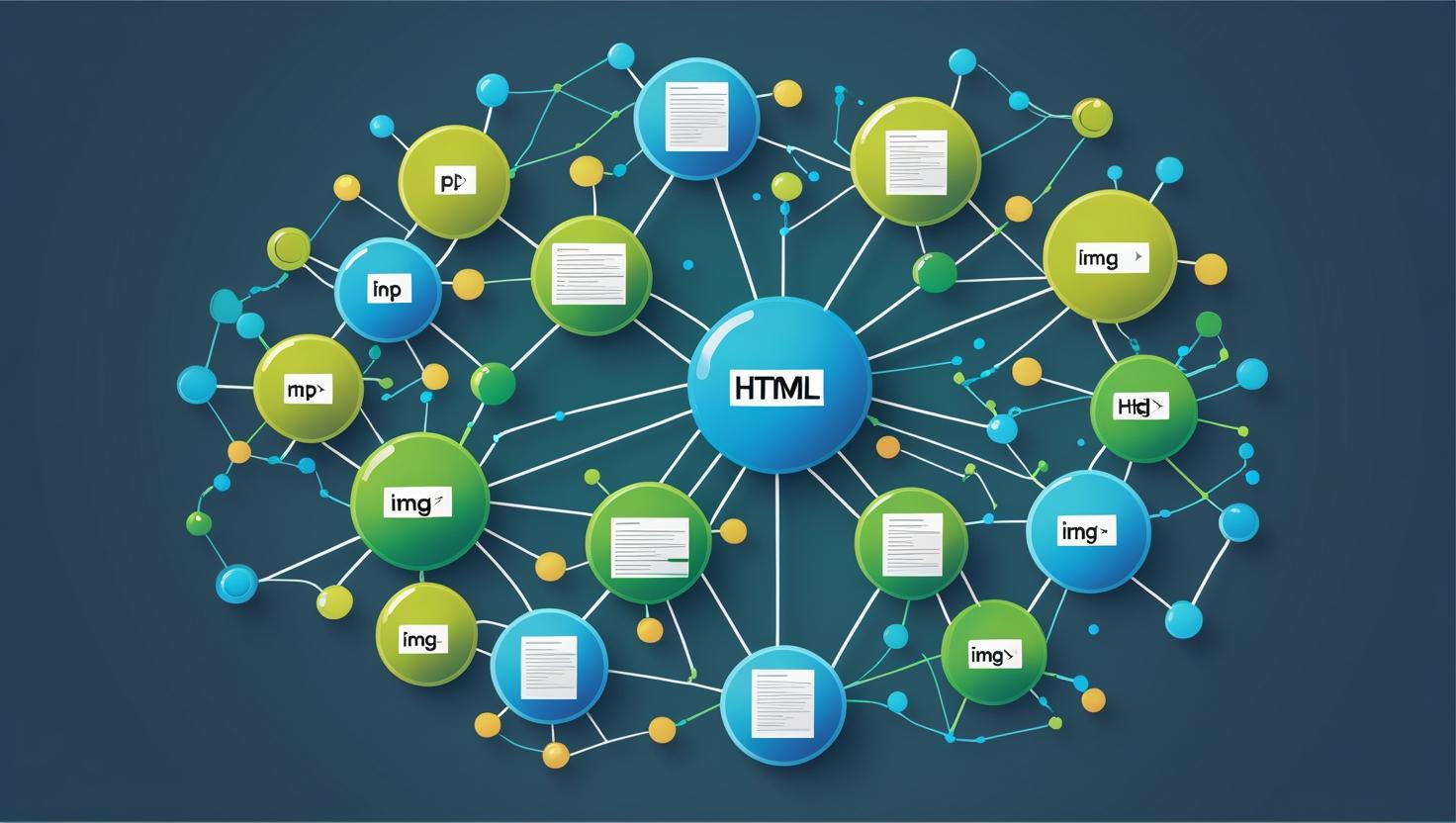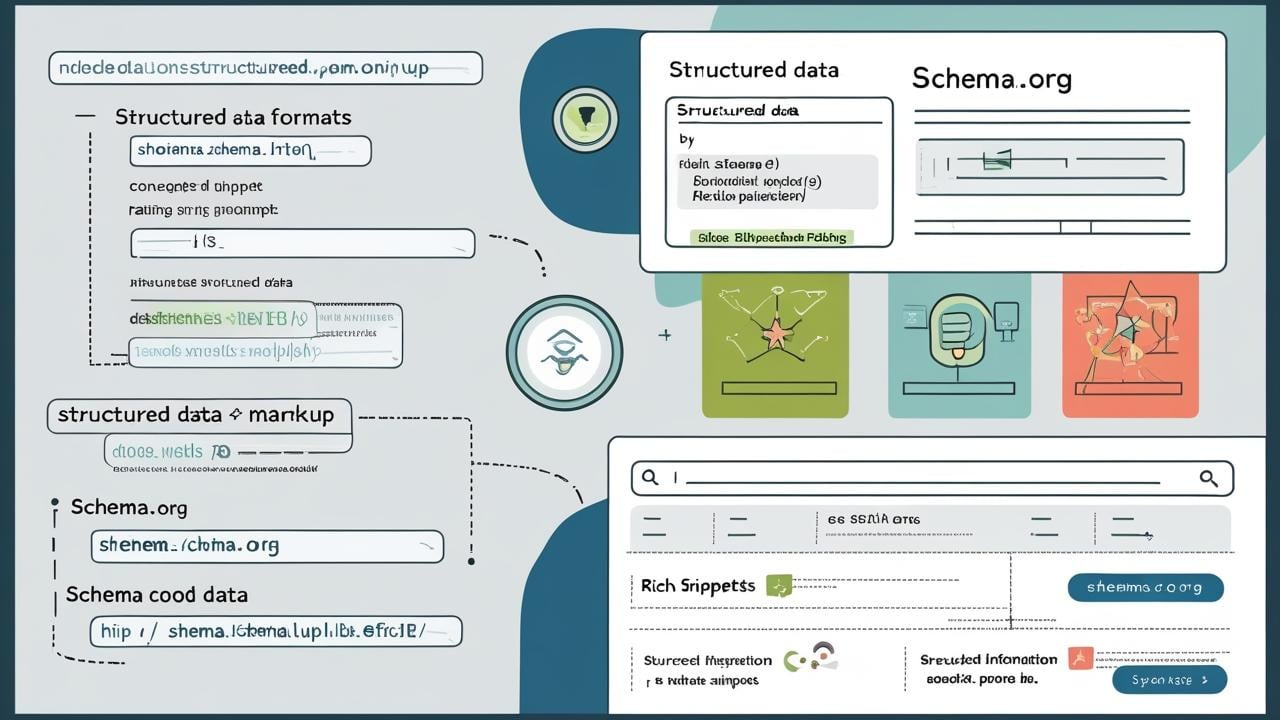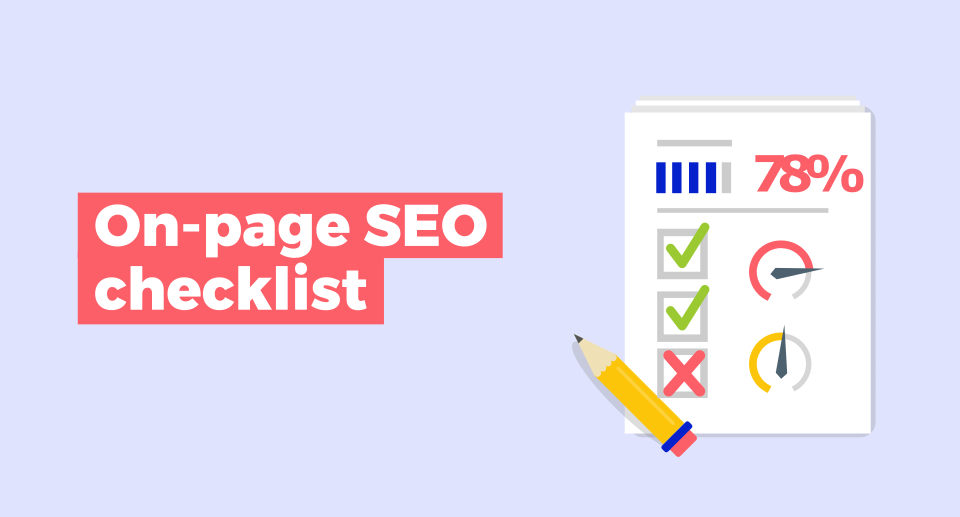In today’s digital age, having a strong online presence is crucial for businesses and content creators alike. One of the most effective ways to enhance your online visibility is through Search Engine Optimisation (SEO).
While SEO encompasses a wide range of strategies, On-Page SEO is a fundamental aspect that can significantly impact your search engine rankings.
In this comprehensive guide, we’ll delve into the world of On-Page SEO, exploring its key elements and providing actionable tips to help you master it. Whether you’re a beginner or looking to refine your skills, this blog post will equip you with the knowledge you need to succeed.
What is On-Page SEO?
On-Page SEO refers to the practice of optimising individual web pages to rank higher in search engine results pages (SERPs). This involves both the content on the page and the HTML source code.
The goal is to make your web pages more appealing to search engines, ensuring they understand what your content is about and why it’s valuable to users.
On-Page SEO is essential because it helps search engines like Google determine the relevance and quality of your content, which in turn affects your ranking.
On-Page SEO vs Off-Page SEO
While On-Page SEO focuses on optimising elements within your website, Off-Page SEO involves activities outside your site that influence your search engine rankings.
This includes link building, social media engagement, and online reputation management. Both On-Page and Off-Page SEO are crucial for a comprehensive SEO strategy.
On-Page SEO lays the foundation by ensuring your content is optimised and user-friendly, while Off-Page SEO helps build credibility and authority.
Key Elements of On-Page SEO

Keyword Research and Optimisation
Keyword research is the cornerstone of any successful SEO strategy. It involves identifying the terms and phrases that users type into search engines when looking for information related to your products or services.
By understanding these keywords, you can create content that resonates with your target audience and ranks well in search results.
Tools for Keyword Research
There are several tools available to help you conduct thorough keyword research. Some popular options include:
-
- Google Keyword Planner: A free tool provided by Google that offers insights into search volume and competition levels for specific keywords.
- Ahrefs: A comprehensive SEO tool that provides detailed keyword analysis, competitor research, and backlink data.
- SEMrush: Another powerful tool that offers keyword research, site audits, and competitive analysis features.
Integrating Keywords Naturally
Once you’ve identified your target keywords, the next step is to integrate them naturally into your content. This means avoiding keyword stuffing, which can harm your rankings.
Instead, focus on creating high-quality content that provides value to your readers while incorporating keywords in a way that feels organic. Key areas to include keywords are:
-
- Title Tags: The title of your web page, which appears in search results.
- Meta Descriptions: A brief summary of your page’s content that appears below the title in search results.
- Header Tags (H1, H2, H3): Headings and subheadings that break up your content and make it easier to read.
- Body Text: The main content of your page, where you can naturally include keywords.
Content Optimisation
Content is king in the world of SEO. High-quality, valuable content is essential for attracting and retaining visitors to your site. Here are some tips for optimising your content:
Creating High-Quality, Valuable Content
-
- Understand Your Audience: Know who your target audience is and what they’re looking for. Tailor your content to address their needs and interests.
- Be Informative and Engaging: Provide detailed, accurate information that adds value to your readers. Use storytelling techniques to make your content more engaging.
- Use Visuals: Incorporate images, videos, infographics, and other visual elements to break up text and make your content more appealing.
Using Keywords Effectively
-
- Keyword Density: Aim for a natural keyword density of around 1-2%. This ensures your content is optimised without being overly stuffed with keywords.
- Synonyms and Variations: Use synonyms and variations of your target keywords to make your content more readable and to cover a broader range of search terms.

HTML Tags and Technical SEO
Header Tags (H1, H2, H3, etc.)
Alt Text for Images
Structuring URLs for SEO
-
- Keep URLs Short and Descriptive: Avoid long, complex URLs. Instead, use short, descriptive URLs that clearly indicate the content of the page.
- Include Keywords: Incorporate your target keywords into your URLs to help search engines understand what the page is about.
- Avoid Common URL Mistakes: Avoid using unnecessary parameters, special characters, and overly complex structures.
Image Optimisation
Choosing the Right Image Formats
-
- JPEG: Best for photographs and images with complex colors.
- PNG: Ideal for images with transparent backgrounds or simple graphics.
- WebP: A modern format that offers better compression and faster loading times.
Using Alt Text for SEO

Mobile-Friendliness and Page Experience
In today’s mobile-dominated world, having a mobile-friendly website is crucial. Google prioritizes mobile-friendly sites in its search results, making it essential to ensure your site provides a seamless experience on all devices.
Importance of Mobile Optimisation
-
- Responsive Design: Use a responsive design that adapts to different screen sizes, ensuring your site looks great on desktops, tablets, and smartphones.
- Mobile Speed: Optimise your site’s speed for mobile devices. Slow-loading pages can frustrate users and negatively impact your rankings.
Page Speed and Performance
-
- Optimise Images: Compress images to reduce their file size without sacrificing quality.
- Minimize HTTP Requests: Reduce the number of elements on your page to speed up loading times.
- Use a Content Delivery Network (CDN): A CDN can help distribute your content globally, reducing latency and improving load times.
Structured Data and Schema Markup
Benefits of Using Schema Markup
- Rich Results: Schema markup can lead to rich results in search engine results pages, such as featured snippets, knowledge panels, and carousels.
- Improved Click-Through Rates: Rich results can make your listings more visually appealing and informative, increasing the likelihood of users clicking through to your site.
Implementing Structured Data on Your Site
- Use Google’s Structured Data Markup Helper: This tool can help you generate schema markup for your content.
- Validate Your Markup: Use the Google Rich Results Test to ensure your structured data is implemented correctly and will appear in search results.

Featured Snippets and Rich Results
Featured snippets are concise answers to user queries that appear at the top of search engine results pages. They provide users with quick answers and can significantly boost your visibility.
What are Featured Snippets?
Featured snippets are brief summaries that answer a user’s query directly. They can appear in various formats, such as paragraphs, lists, or tables.
How to Optimise for Featured Snippets
-
- Answer Questions Directly: Identify common questions related to your topic and provide clear, concise answers.
- Use Structured Data: Implement schema markup to help search engines understand your content and its relevance to specific queries.
- Optimise for Voice Search: Voice search queries are often phrased as questions, making featured snippets more likely to appear in voice search results.
Content Freshness and Updates
Keeping your content fresh and up-to-date is crucial for maintaining high search engine rankings. Outdated content can lose its relevance and fail to attract visitors.
Importance of Keeping Content Fresh
-
- Relevance: Fresh content is more likely to be relevant to current search queries and user needs.
- Engagement: Updated content can attract more visitors and encourage them to spend more time on your site.
Strategies for Updating Old Content
-
- Regular Audits: Periodically review your content to identify outdated or underperforming pages.
- Update and Expand: Revise your content to include the latest information and expand on existing topics to provide more value.
- Repurpose Content: Transform old content into new formats, such as videos, infographics, or blog posts, to reach a wider audience.

On-Page SEO Checklist
Creating a comprehensive On-Page SEO checklist can help you ensure that you cover all the essential elements and maintain consistency across your site.
Comprehensive Checklist for On-Page SEO
-
- Keyword Research: Identify target keywords and integrate them naturally into your content.
- Content Quality: Ensure your content is high-quality, informative, and engaging.
- HTML Tags: Optimise title tags, meta descriptions, and header tags.
- Image Optimisation: Use descriptive alt text and choose the right image formats.
- URL Optimisation: Use clear, concise URLs that include keywords.
- Mobile-Friendliness: Ensure your site is mobile-friendly and fast-loading.
- Structured Data: Implement schema markup to provide additional context to search engines.
- E-A-T: Focus on expertise, authority, and trustworthiness in your content creation.
- Content Freshness: Regularly update and refresh your content to maintain relevance.
Best Practices for Regular Audits
-
- Use SEO Tools: Tools like Ahrefs, SEMrush, and Google Search Console can help you identify areas for improvement.
- Monitor Performance: Track your site’s performance in search results and adjust your strategy as needed.
- Stay Updated: Keep up with the latest SEO trends and best practices to ensure your strategies remain effective.

Putting It All Together
Creating an effective On-Page SEO strategy involves understanding and implementing a range of techniques and best practices. By focusing on keyword research, content optimisation, technical SEO, and advanced techniques like E-A-T and featured snippets, you can significantly improve your search engine rankings and attract more visitors to your site.
Creating an On-Page SEO Strategy
Steps to Develop a Comprehensive On-Page SEO Plan
-
-
Conduct Thorough Keyword Research: Identify the keywords that your target audience is searching for and integrate them into your content.
-
Create High-Quality Content: Focus on providing value to your readers with informative, engaging, and well-structured content.
-
Optimise HTML Tags: Ensure your title tags, meta descriptions, and header tags are optimised for SEO.
-
Implement Structured Data: Use schema markup to provide additional context to search engines and improve your chances of appearing in rich results.
-
Monitor and Adjust: Regularly review your site’s performance and make adjustments as needed to stay ahead of the competition.
-
Integrating On-Page SEO with Overall SEO Strategy
On-Page SEO should be integrated with your overall SEO strategy, which includes Off-Page SEO efforts like link building and social media engagement.
By combining these strategies, you can create a comprehensive approach that maximizes your visibility and attracts more visitors to your site.
Monitoring and Adjusting Your On-Page SEO Efforts
SEO is an ongoing process that requires regular monitoring and adjustment. Use tools like Google Search Console and analytics platforms to track your site’s performance and identify areas for improvement.
Stay updated with the latest SEO trends and best practices to ensure your strategies remain effective and aligned with search engine guidelines.
Conclusion
On-Page SEO is a critical component of any successful SEO strategy. By understanding and implementing the key elements of On-Page SEO, you can significantly improve your search engine rankings and attract more visitors to your site.
From keyword research to content optimisation, technical SEO to advanced techniques like E-A-T and featured snippets, this guide has provided you with a comprehensive roadmap to mastering On-Page SEO.
💬 Frequently Asked Questions
What is On-Page SEO and why is it important?
On-Page SEO refers to the practice of optimising individual web pages to rank higher in search engine results pages (SERPs). It involves both the content on the page and the HTML source code.
On-Page SEO is crucial because it helps search engines understand what your content is about and why it’s valuable to users.
By optimising your pages, you can improve your search engine rankings, attract more organic traffic, and ultimately drive more conversions.
How do I choose the right keywords for my On-Page SEO?
Choosing the right keywords involves understanding your target audience and the terms they use to search for information related to your products or services.
Use keyword research tools like Google Keyword Planner, Ahrefs, and SEMrush to identify high-volume, low-competition keywords.
Focus on long-tail keywords that are more specific and less competitive, and ensure your keywords are relevant to your content and audience.
What are the most important On-Page SEO elements to optimise?
- Keyword Research and Optimisation: Identify and integrate target keywords naturally into your content.
- Content Quality: Create high-quality, valuable, and engaging content that provides value to your readers.
- HTML Tags: Optimise title tags, meta descriptions, and header tags (H1, H2, H3, etc.).
- Image Optimisation: Use descriptive alt text and choose the right image formats.
- URL Optimisation: Use clear, concise URLs that include keywords.
- Mobile-Friendliness: Ensure your site is mobile-friendly and fast-loading.
- Structured Data: Implement schema markup to provide additional context to search engines.
- E-A-T: Focus on expertise, authority, and trustworthiness in your content creation.
- Content Freshness: Regularly update and refresh your content to maintain relevance.
How can I improve my website's mobile-friendliness?
- Responsive Design: Use a responsive design that adapts to different screen sizes.
- Mobile Speed: Optimize your site’s speed for mobile devices by compressing images, minimizing HTTP requests, and using a Content Delivery Network (CDN).
- User Experience: Ensure your site is easy to navigate and provides a seamless experience on mobile devices.
What is structured data and why is it important for On-Page SEO?
Structured data helps search engines understand the content of your web pages more effectively. Schema markup is a type of structured data that provides additional context to search engines.
By implementing schema markup, you can improve your chances of appearing in rich results, such as featured snippets, knowledge panels, and carousels.
This can enhance your visibility in search results and increase click-through rates.
How often should I update my website's content?
What are featured snippets and how can I optimise for them?
- Answer Questions Directly: Identify common questions related to your topic and provide clear, concise answers.
- Use Structured Data: Implement schema markup to help search engines understand your content and its relevance to specific queries.
- Optimise for Voice Search: Voice search queries are often phrased as questions, making featured snippets more likely to appear in voice search results.
How can I measure the success of my On-Page SEO efforts?
- Organic Traffic: Measure the amount of traffic coming from search engines.
- Rankings: Monitor your positions in search results for target keywords.
- Click-Through Rates (CTR): Track the percentage of users who click through to your site from search results.
- Bounce Rate: Measure the percentage of users who leave your site after viewing only one page.
- Conversion Rates: Track the percentage of visitors who take a desired action, such as making a purchase or filling out a form.
What are some common On-Page SEO mistakes to avoid?
- Keyword Stuffing: Overusing keywords in your content can harm your rankings and user experience.
- Ignoring Mobile Optimisation: Failing to optimise your site for mobile devices can negatively impact your search engine rankings.
- Poor Content Quality: Low-quality, thin content can fail to engage users and may be penalized by search engines.
- Ignoring Technical SEO: Neglecting technical elements like site speed, mobile-friendliness, and structured data can hinder your SEO efforts.
- Not Updating Content: Outdated content can lose its relevance and fail to attract visitors.
How can I stay updated with the latest On-Page SEO trends and best practices?
Staying updated with the latest On-Page SEO trends and best practices is essential for maintaining a strong online presence. Follow reputable SEO blogs, attend industry conferences, and participate in online forums and communities. Tools like Google Search Console, Ahrefs, and SEMrush also provide valuable insights and updates on the latest SEO trends and best practices.

